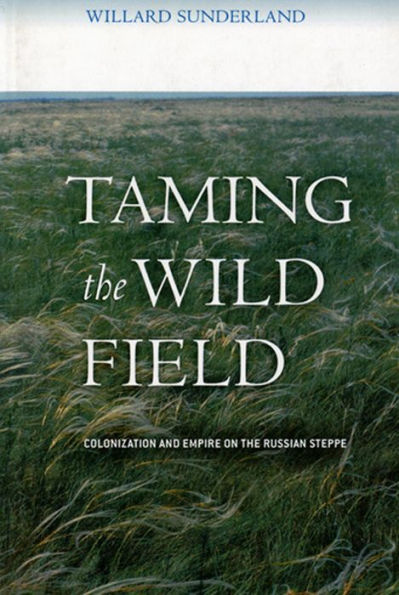5
1
9780801473470



Taming the Wild Field: Colonization and Empire on the Russian Steppe / Edition 1 available in Paperback, eBook

Taming the Wild Field: Colonization and Empire on the Russian Steppe / Edition 1
- ISBN-10:
- 0801473470
- ISBN-13:
- 9780801473470
- Pub. Date:
- 07/27/2006
- Publisher:
- Cornell University Press
- ISBN-10:
- 0801473470
- ISBN-13:
- 9780801473470
- Pub. Date:
- 07/27/2006
- Publisher:
- Cornell University Press

Taming the Wild Field: Colonization and Empire on the Russian Steppe / Edition 1
$25.95
25.95
In Stock

Product Details
| ISBN-13: | 9780801473470 |
|---|---|
| Publisher: | Cornell University Press |
| Publication date: | 07/27/2006 |
| Edition description: | New Edition |
| Pages: | 264 |
| Product dimensions: | 6.12(w) x 9.25(h) x 0.62(d) |
| Age Range: | 18 Years |
About the Author
What People are Saying About This
From the B&N Reads Blog
